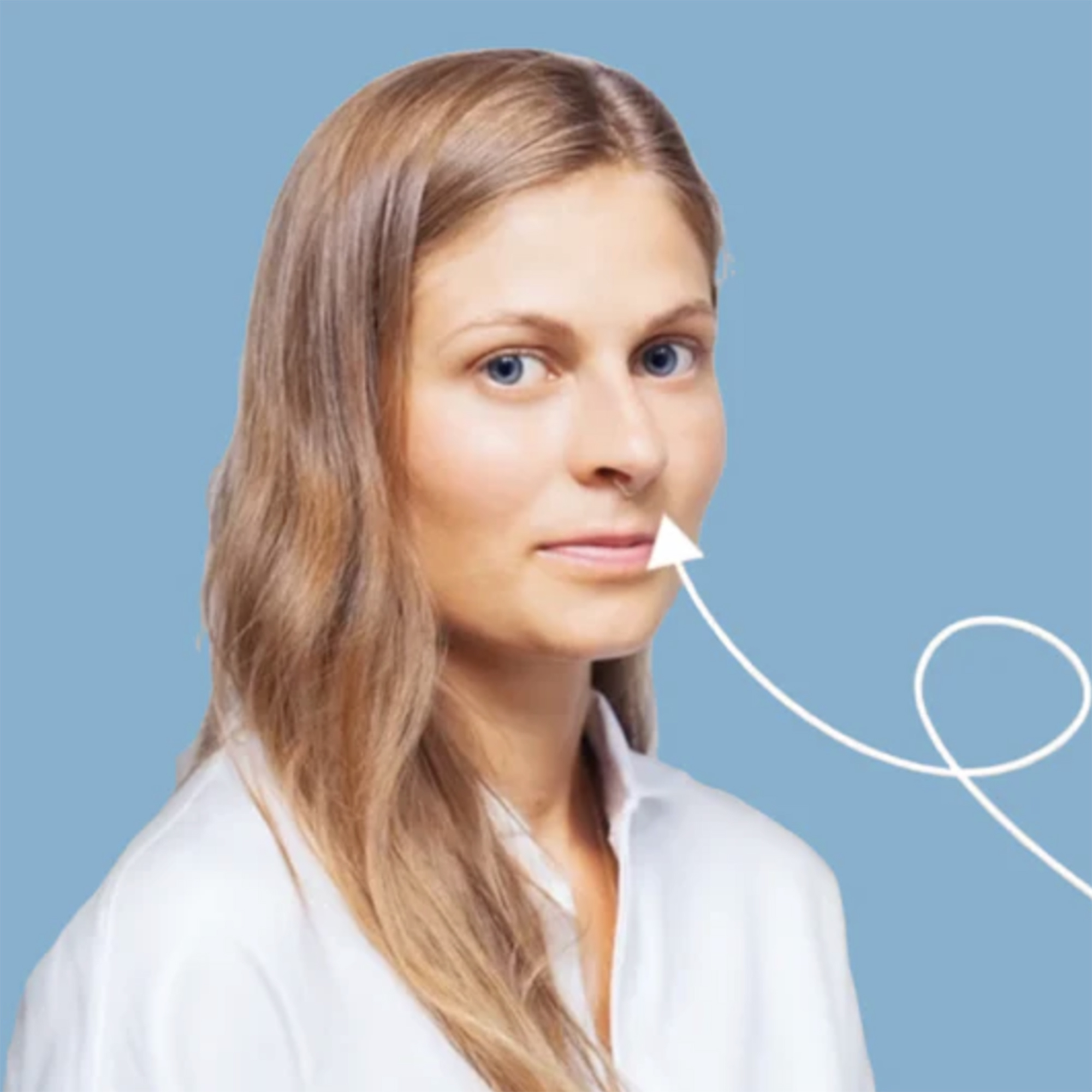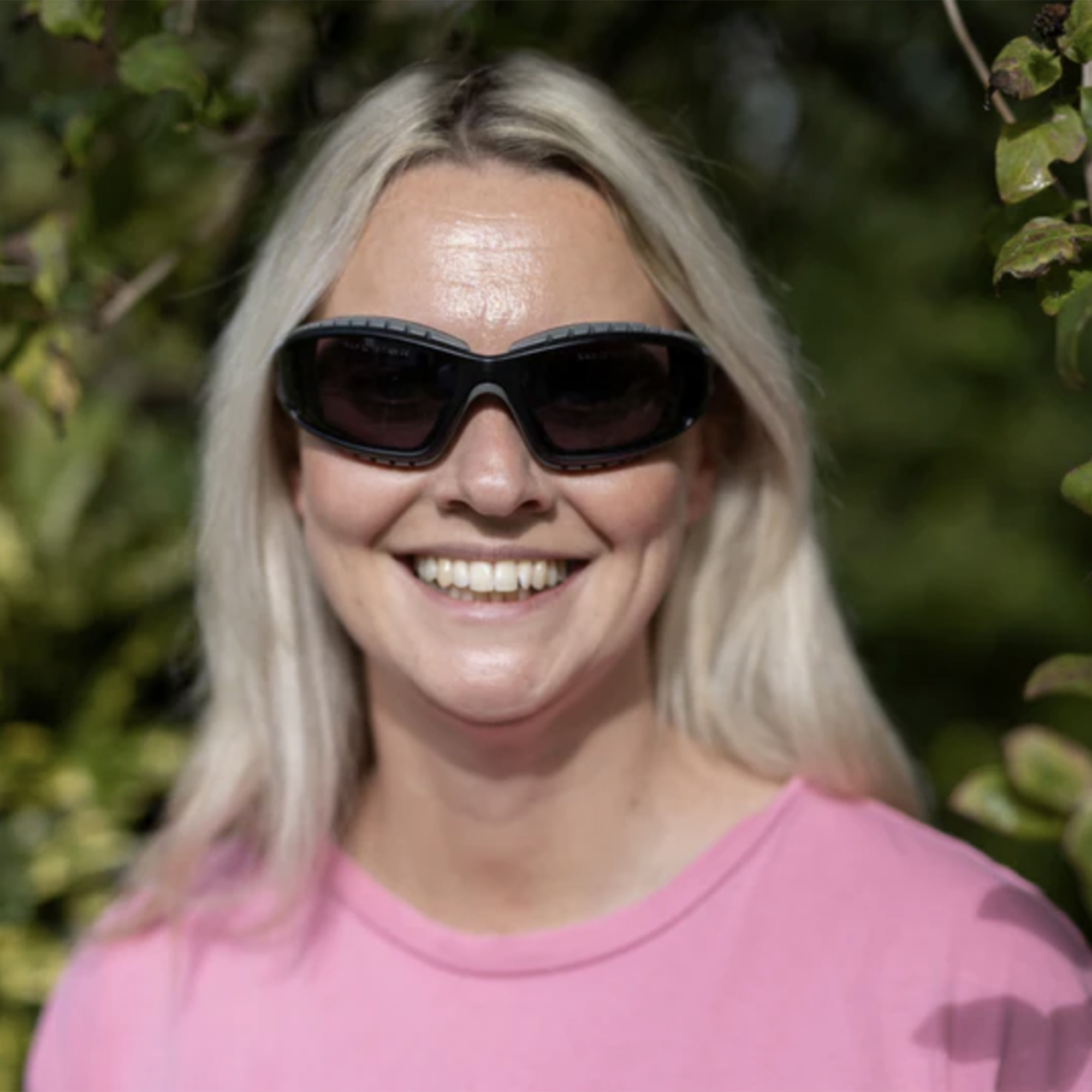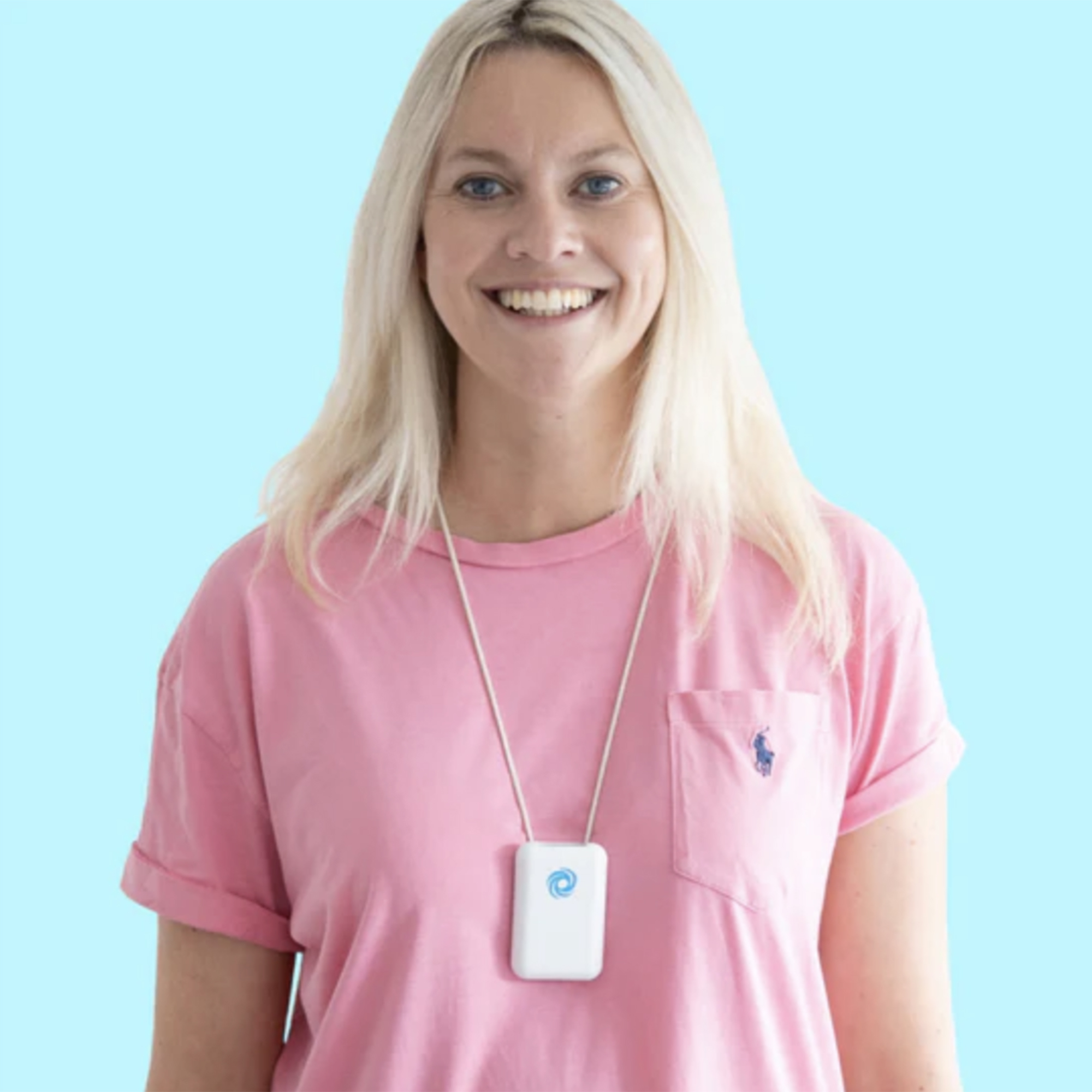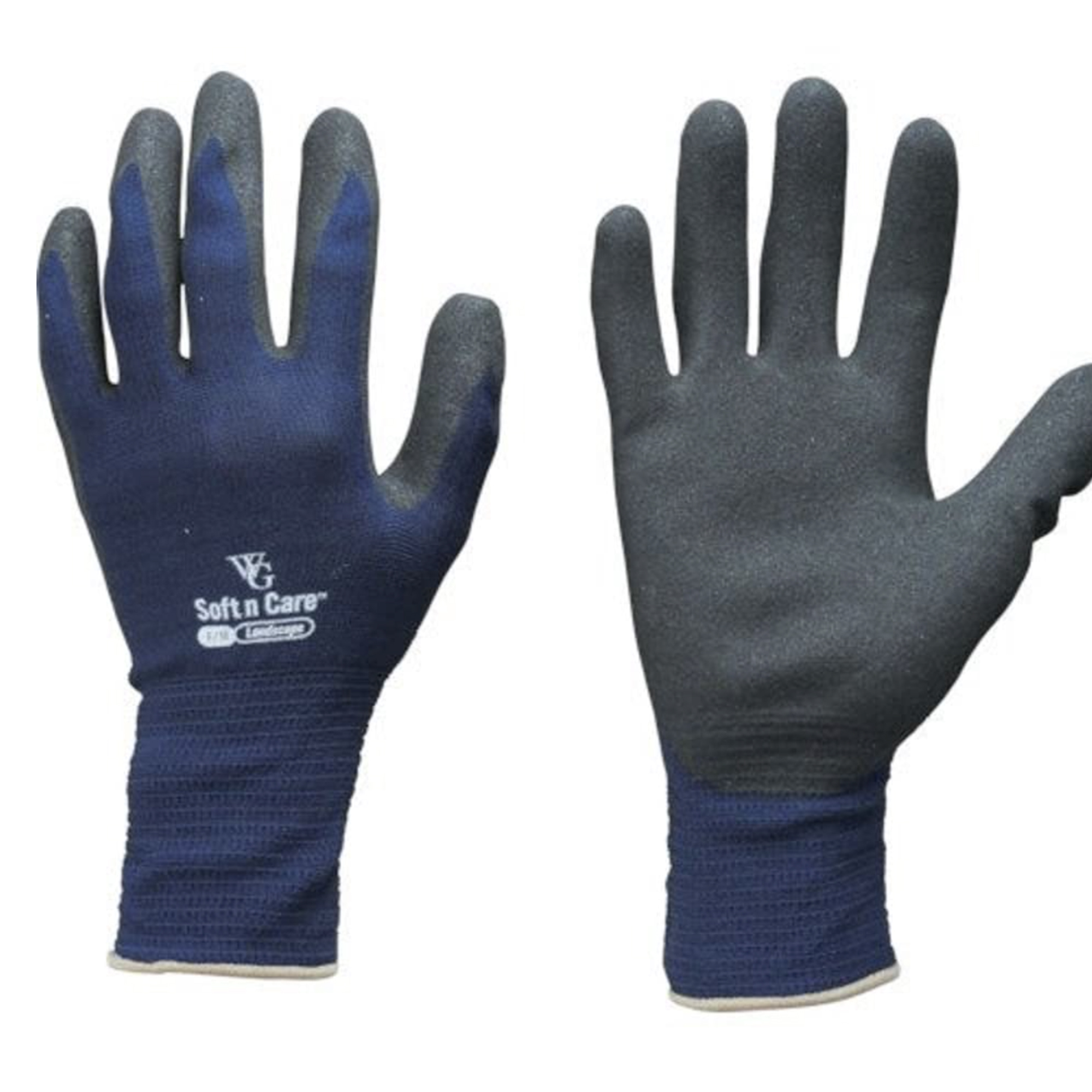I'm a gardening expert and here are my top tips for hay fever-friendly gardening
Our expert looks at which plants are better for those with allergies as well as other tips, so hay fever sufferers can still enjoy their garden
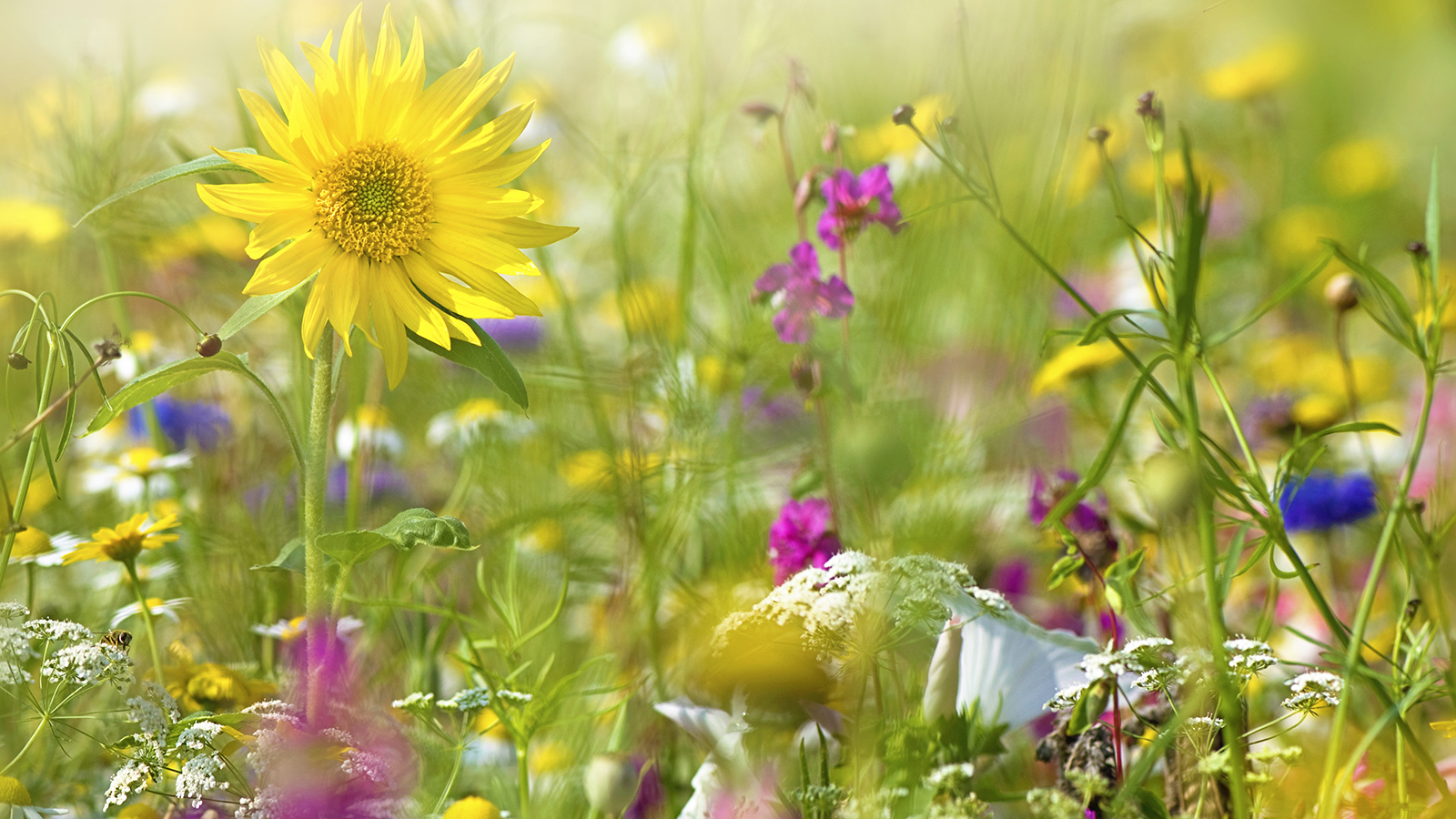
The arrival of warm weather, flowers bursting into bloom and increased time spent outdoors in gardens sounds like a great thing to some. But for almost a third of the UK population, this spells disaster.
I am talking of course about hay fever sufferers. According to Allergy UK, Allergic rhinitis affects 29% of people. When triggered by pollen these individuals experience symptoms such as "sneezing, runny or stuffy nose, itchy or watery eyes, itchy throat or ears, coughing and fatigue," they say.
If this is sounding all too familiar then you may be someone who could benefit from some hay fever-friendly tips for your garden design. As well as keeping up with your usual remedies you might find that these small changes in your garden could help alleviate some of your symptoms and increase your outdoor enjoyment this year.
8 helpful ways for hay fever sufferers to enjoy the garden
1. Choose low-allergen plants
"The key for any hay fever sufferer is to choose low-pollen plants that are pollinated by insects instead of wind," explains Fiona Jenkins, a garden expert at MyJobQuote.
"Roses are classic flowers for garden landscaping which come in a wide variety of colours and scents. However, opt for old-fashioned roses as they tend to have less pollen than modern hybrid varieties," says Fiona.
People may be surprised to learn that lavender is another great option. "This fragrant herb is a favourite among gardeners and bees alike. The pollen is clustered inside the flower and not easily released by wind," explains Fiona.
"Hollyhocks (Alcea rosea) are also great. These tall, stately plants produce large, showy flowers in shades of pink, red, white, and yellow. The pollen is sticky and not airborne."
Bring your dream home to life with expert advice, how to guides and design inspiration. Sign up for our newsletter and get two free tickets to a Homebuilding & Renovating Show near you.
For shrubs and foliage Fiona recommends hostas, the popular shade-loving plants with beautiful variegated foliage. They don't produce any flowers and therefore no pollen.
"Ferns reproduce with spores instead of pollen, making them a safe choice for allergy sufferers. They come in a wide variety of shapes and sizes and thrive in shady areas," she says.

A landscaper and gardening expert with over 25 years of experience in the industry. Currently she works for MyJobQuote as their resident expert on all things gardening. She is highly knowledgeable and her expertise have featured in many reputable publications.
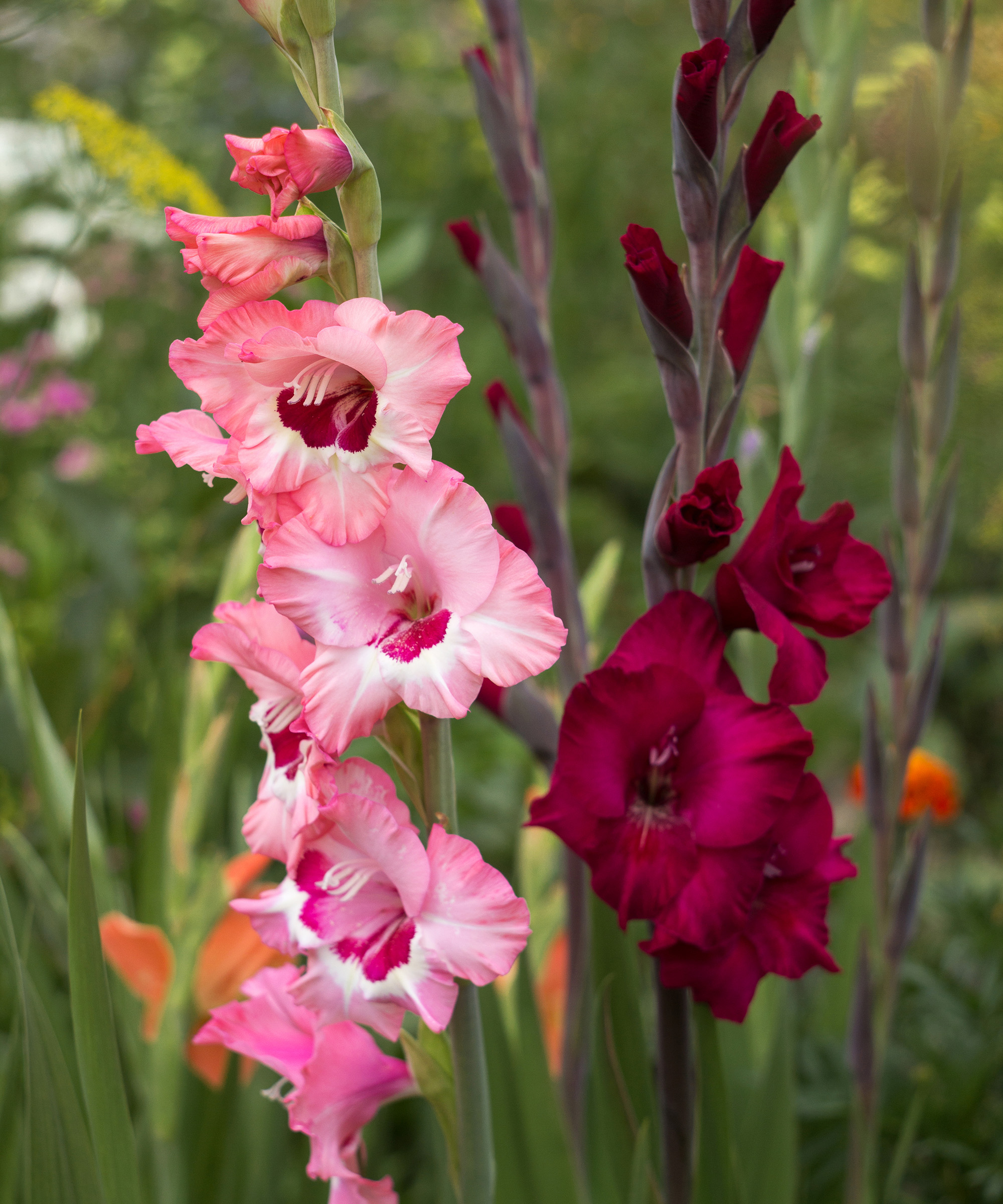
2. Do your gardening at specific times
"Try to limit your gardening days to cool or cloudy days. Or if the weather looks to be glorious that day, try to only venture out as early as possible when the pollen count is generally at its lowest," says James Ewens, commercial director at Green Feathers.
Allergy UK recommends that you keep an eye on pollen forecasts daily and stay indoors when the count is high. They have a handy pollen calendar on their website which highlights times when each of the main allergenic plants are in flower.
"Try to only go out at certain times of the day - you can even try wearing a mask over your nose and mouth to prevent pollen from irritating your nasal pathways," says James.

James Ewens is commercial director of Green Feathers, bird box camera and wildlife specialists, and is a self-proclaimed garden enthusiast. James is passionate about all things to do with nature, gardening and wildlife. When he's not tending to his own outdoor space, he's usually checking on his bird and hedgehog cameras.
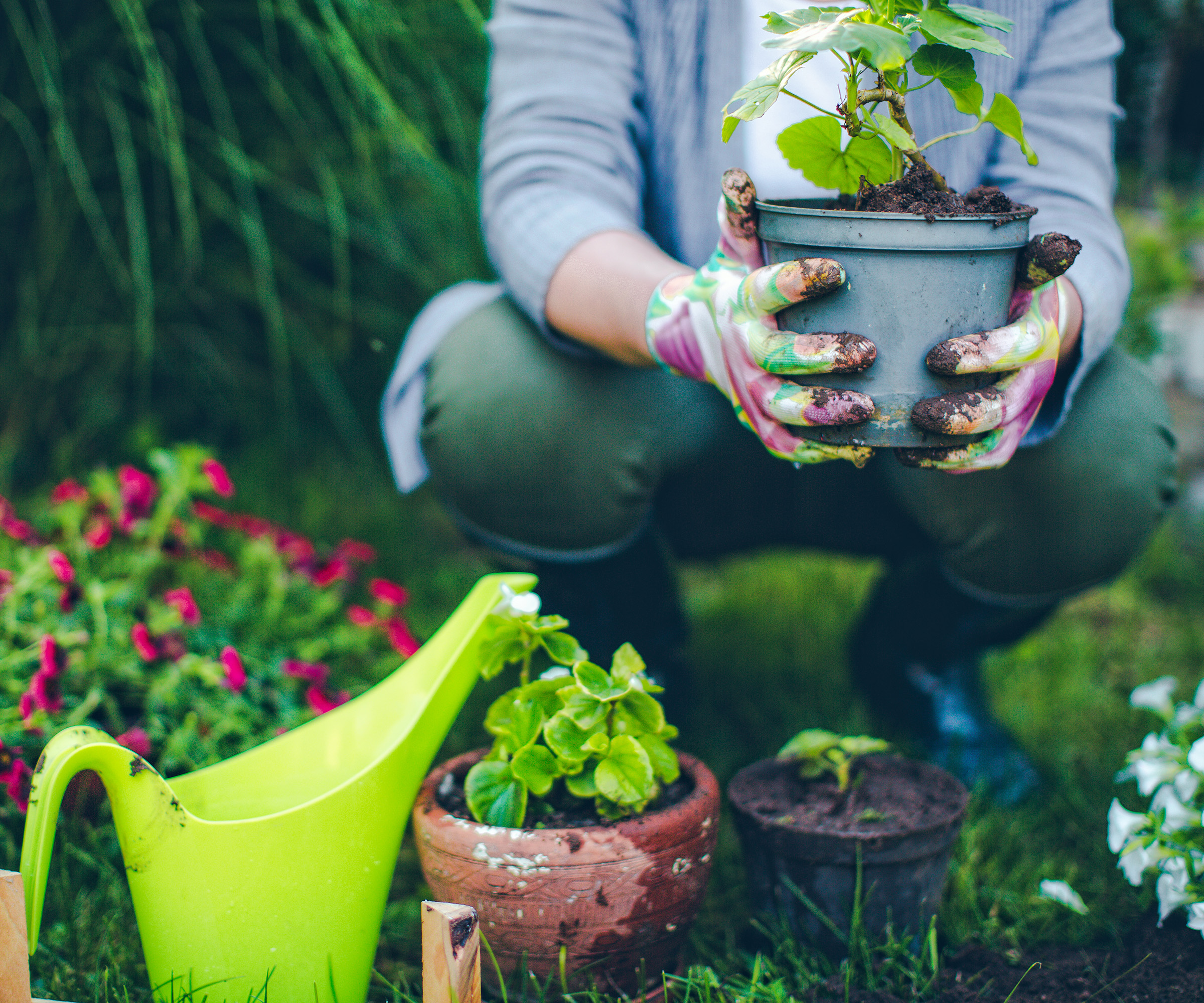
Shop hay fever gardening aids
3. Keep your lawn short
"Letting your lawn ideas grow long increases the amount of pollen it releases. Longer grass blades produce more pollen," says gardening expert at Two Wests and Elliot Lucie Bradley. "Allowing grass to grow longer also allows for flowers and weeds to grow."
It's best to get a non-hay fever sufferer to take care of your lawn care for you, but if you must do it yourself consider the protective measures you can take.
"Wraparound sunglasses or a mask can help stop excess pollen entering your nose and eyes when gardening. Likewise, wearing gloves can help prevent face touching and spreading pollen onto yourself," says TV Pharmacist Thorrun Govind.

Thorrun is a pharmacist who is regularly featured in the media. She has over a decade of experience in healthcare and raising the profile of the pharmacy profession and healthcare in general.
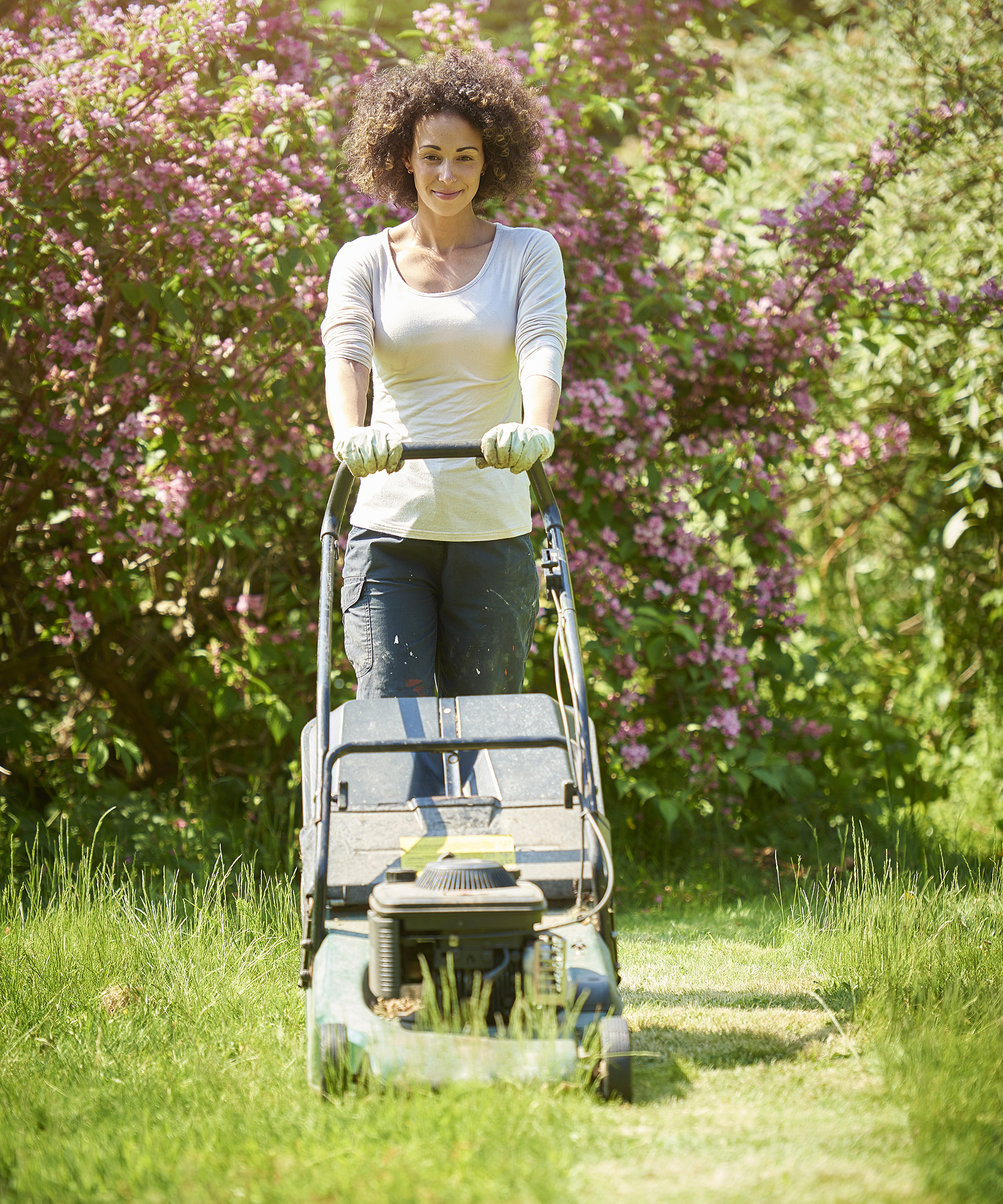
4. Or ditch it altogether...
"Grass is a wind-pollinated plant, meaning it releases pollen particles into the air to fertilise other grass plants. This pollen can easily travel through the air and get inhaled by people, triggering hay fever symptoms like sneezing, itchy eyes, and runny nose," says Fiona Jenkins.
"Grass pollen seasons can be quite long, lasting throughout spring, summer, and even into early fall in some regions. This means hay fever sufferers can experience symptoms for a significant portion of the year."
"Activities like playing sports, walking barefoot, or simply spending time relaxing on the lawn can all stir up grass pollen and worsen hay fever symptoms," says Fiona.
If you really struggle with hay fever, even with the aid of antihistamines, you may want to ask yourself whether a lawn is the best thing for you.
Plant life and greenery can still be achieved with large flowerbeds containing low-allergen plants (see above) and instead of a lawn, why not lay drainage-friendly springy bark chippings or create a low-maintenance gravel garden.
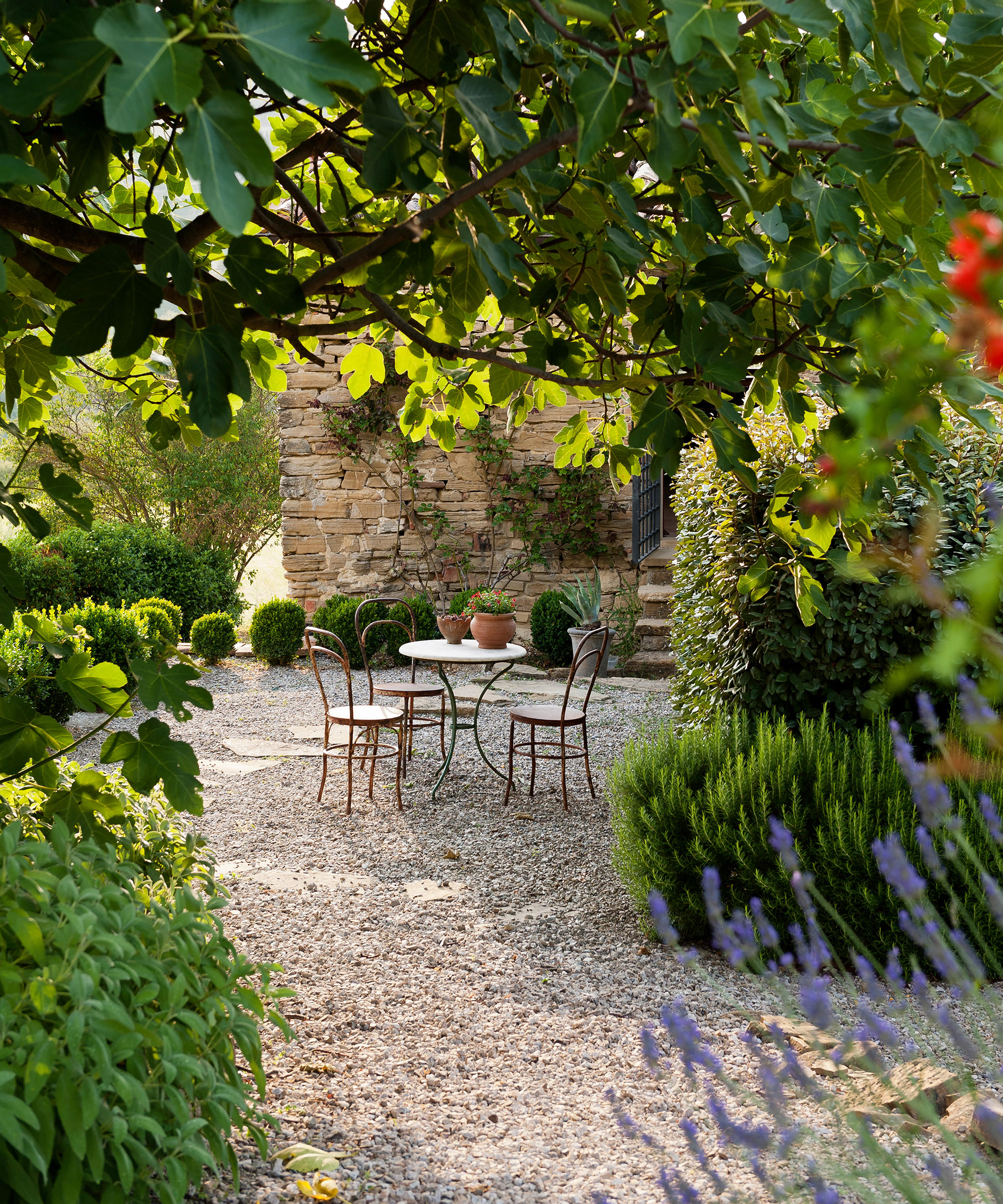
5. Dampen the pollen with water
"Consider using a sprinkler on your lawn before a gardening session, as this will help to ‘dampen’ the pollen somewhat and keep it close to the ground; as some plants stop pollen shedding in wet conditions," says James Ewens.
So perhaps try to time your watering sessions for when you have an evening meal in the garden planned. As long as you don't plan to sit on your lawn, give it a good drink of water, as well as the pollen-filled plants in your flower beds and pits.
If you're concerned with how much water a garden sprinkler uses then an eco-friendly gardening method would be to install a water butt and go over your garden manually with a watering can.
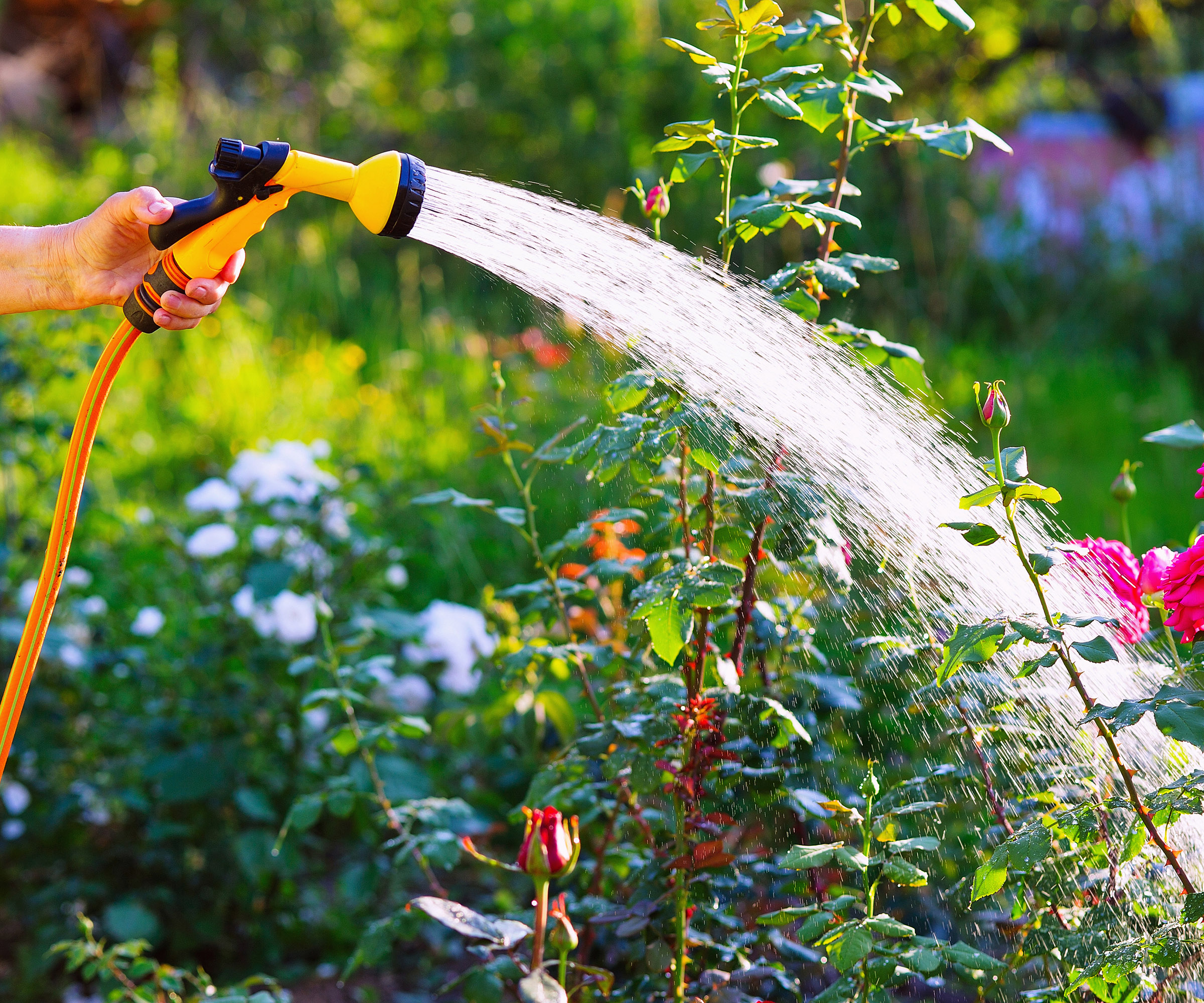
6. Stay on top of weeds
"Like grasses, many weeds are wind-pollinated, meaning they release pollen grains into the air to fertilise other weeds. These lightweight pollen particles can easily travel and get inhaled, triggering hayfever symptoms in susceptible people," explains Fiona Jenkins.
"Daisies and dandelions are popular additions to a lawn, but these are some of the worst culprits for high pollen," says Lucie Bradley.
Not to mention "creeping thistle and ragwort have all been known to cause hay fever symptoms," says Laura Juniper, garden expert at Garden Buildings Direct.
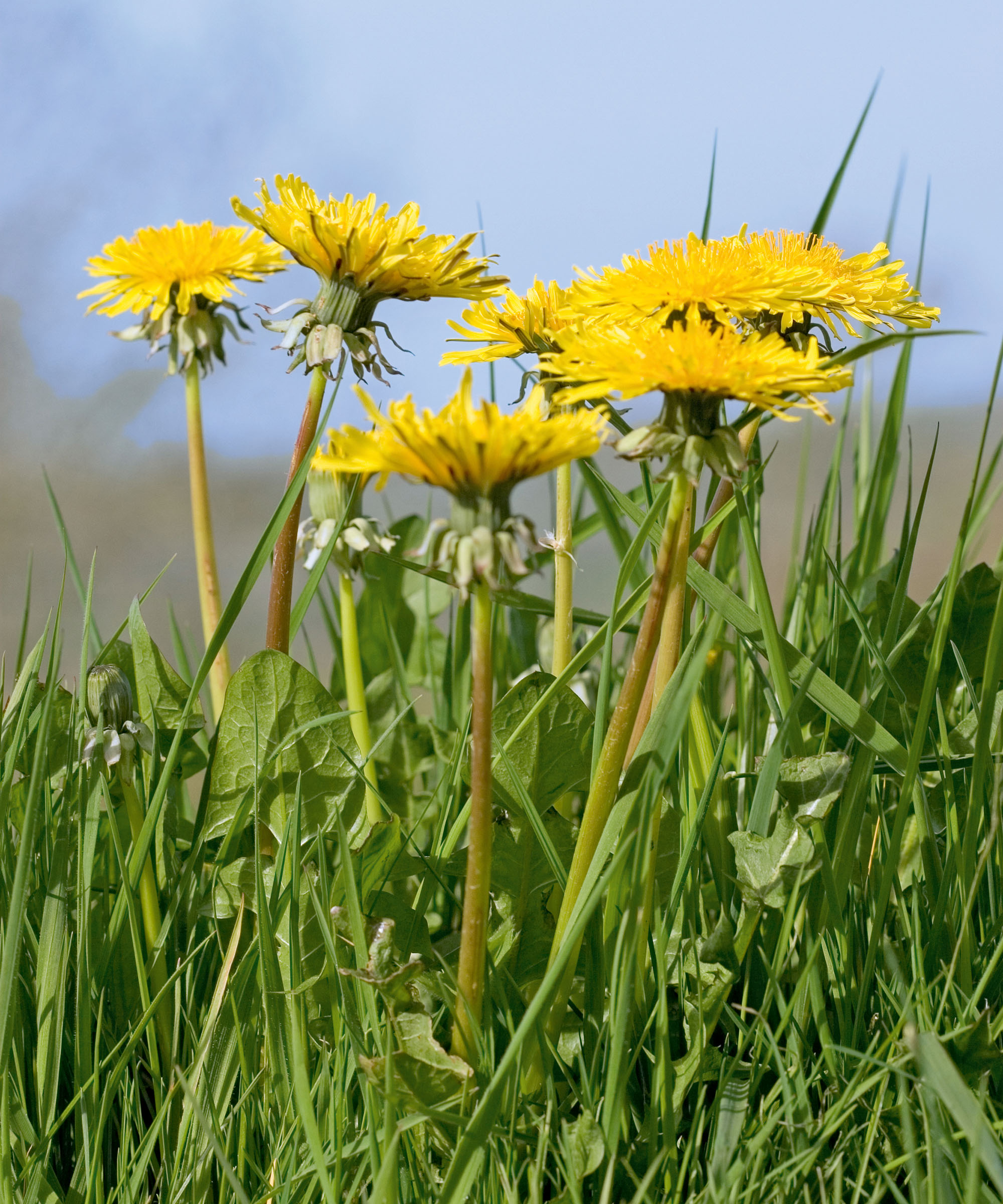
Shop gardening gloves

These vegan-friendly gloves are super lightweight and super tough. They come in a variety of sizes meaning a guaranteed fit which will keep your hands protected from pollen.
7. Shower and change your clothes
Pollen can attach itself to your body and clothes, so you need avoid having them follow you around all day and spread inside your house after a session in the garden.
"Once you’ve finished your gardening, jump in the shower and wash your hair, hands and face thoroughly to remove trapped allergens, and put on a change of clothes straight away. Get your gardening clothes in the wash to stop pollen spreading elsewhere," says James Ewens
Thorrun Govind also advises that you avoid sitting on any furniture in your outside clothes, especially your bed, as this can transfer pollen onto the surface and irritate allergies further
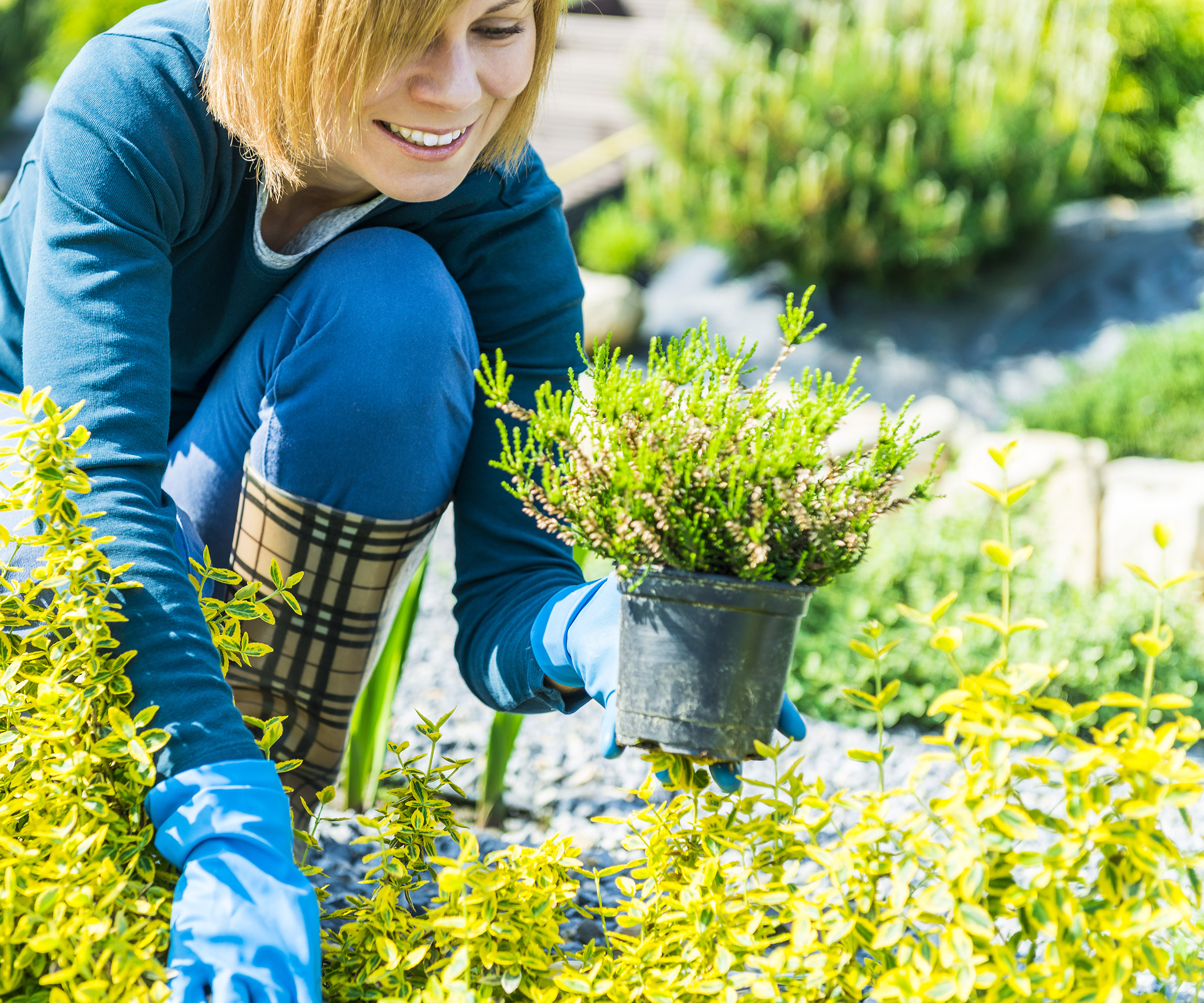
8. Opt for low pollen tree varieties
Low-pollen trees are the best options for a hay fever-friendly garden. "These can include English Oak. Although this might seem surprising, female English oaks actually produce very little pollen," says Fiona Jenkins.
"Rowan trees, also known as the mountain ash, is a beautiful tree with vibrant red berries in autumn. It has low pollen production, making it a hayfever-friendly choice."
"While birch is often a hay fever culprit, the female silver birch produces minimal pollen compared to its male counterpart. Opt for female trees if you have a soft spot for birches," says Fiona.
"Horse Chestnut trees are a good option. This grand tree, with its beautiful white flowers in spring, is a popular choice. Female horse chestnuts are a great option for hayfever sufferers."
"The beech tree, a stunning British native, is known for its smooth grey bark and beautiful autumn colours. Female beech trees are another low-pollen option," says Fiona.
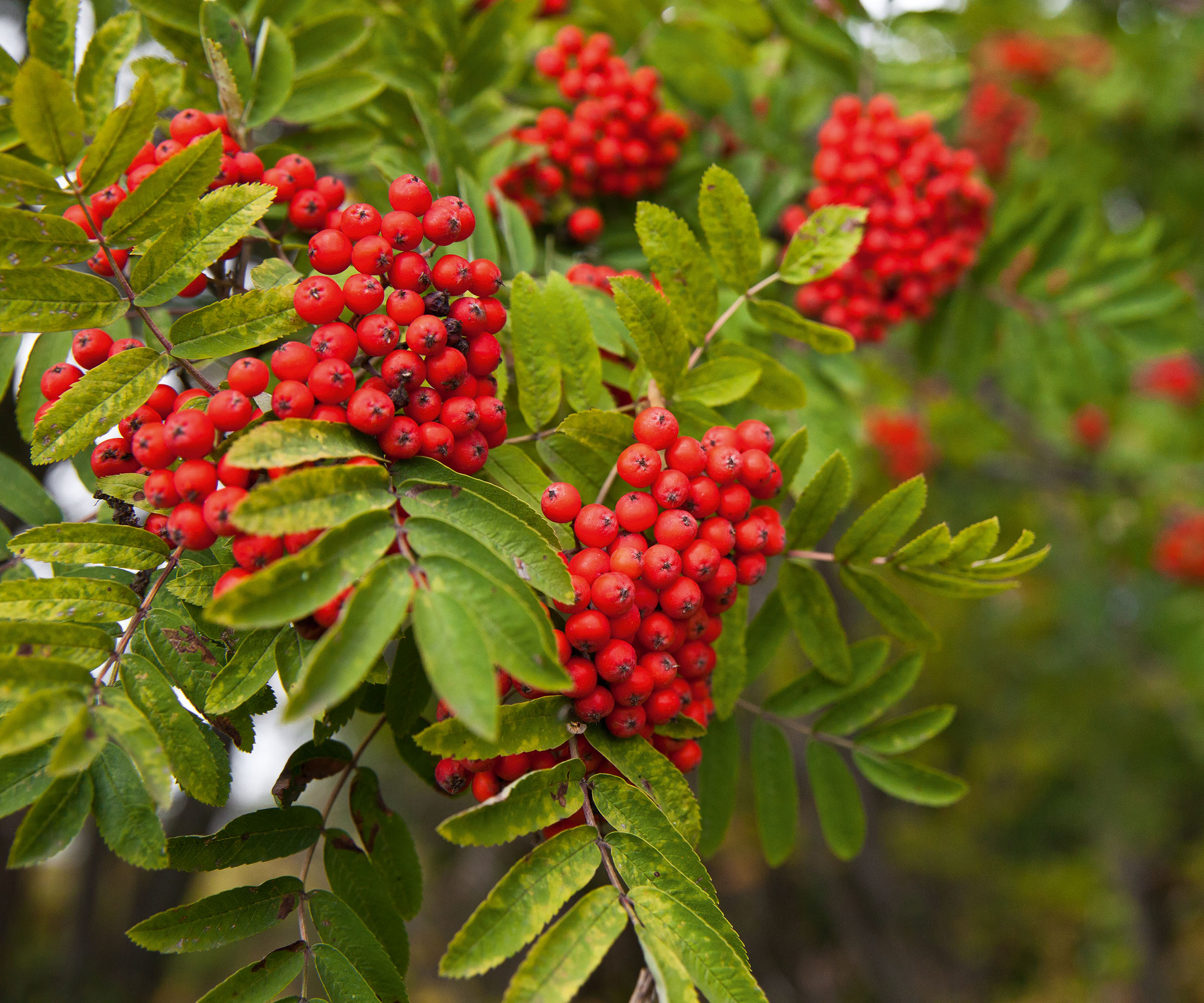
FAQs
How do you do gardening with hay fever?
'Plan your gardening sessions. Pollen counts are typically lowest in the mid-afternoon (between 12pm and 4pm) and after rain showers. Schedule your gardening for these times when possible."
"Identify the specific plants that cause your hay fever symptoms. Consult an allergist or research common allergy-causing plants in your region. Avoid planting or minimise your exposure to these triggers in your garden," says garden expert at MyJobQuote, Fiona Jenkins.
"Wear a hat, gloves, and a pollen mask while gardening, especially during peak pollen seasons. Look for masks designed for allergies with a good seal around the nose and mouth," she says.
Should you cut grass if you have hay fever?
"Letting your grass grow long increases the amount of pollen it releases. Longer grass blades produce more pollen," says gardening expert Lucie Bradley. So it's important to keep your lawn short.
That being said however, mowing disturbs the grass, releasing pollen particles into the air. "This can be a significant trigger for hayfever symptoms like sneezing, itchy eyes, and runny nose. The act of mowing itself puts you right in the midst of the pollen cloud you've created, increasing your overall exposure," says garden expert at MyJobQuote Fiona Jenkins.
"However, with some preventative measures, you can mow your lawn while minimising your symptoms. Choosing the right time of the day to mow and wearing protective gear can ensure your symptoms are minimised," says Fiona.
What are the best plants for hay fever?
James Ewens, commercial director at Green Feathers gives his list of considerations to make when choosing the best plants for hayfever:
- Choose insect-pollinated plants over wind-pollinated ones. Insect-pollinated plants have heavier pollen that doesn't travel as far through the air.
- Opt for plants with less showy flowers, as they tend to produce less pollen.
- Consider planting female plants over male plants. Female plants don't shed pollen and can trap pollen from males.
- Some good choices for low-allergen plants include: roses, sunflowers, hollyhocks, petunias, geraniums, lavender, and ornamental grasses.
- Avoid plants known for high pollen counts such as birch, oak, hazel, ash, and ragweed
If you're finding hay fever friendly gardening too stressful, then consider bringing in a professional. Read our guide on working with a landscape designer for top tips.
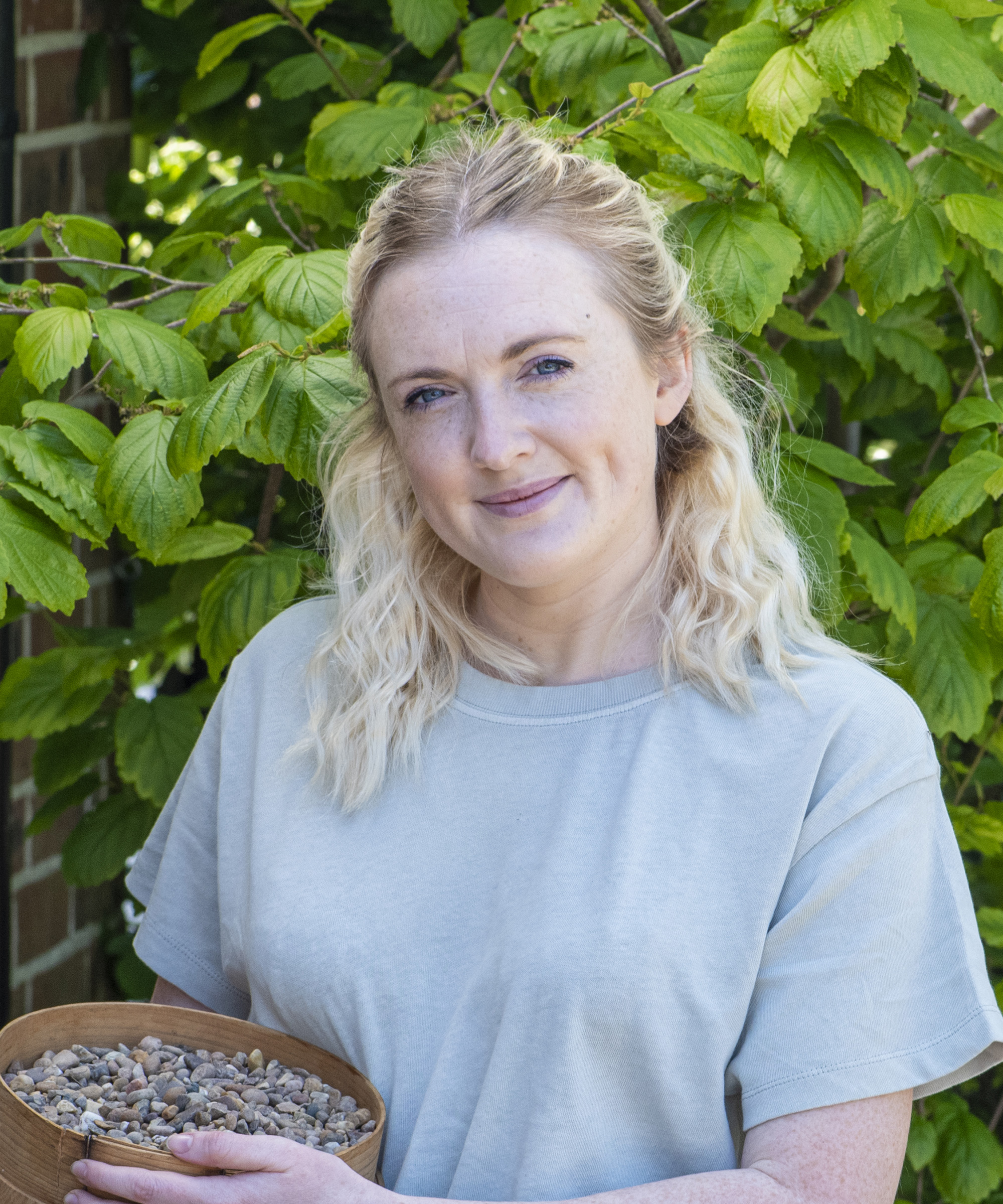
Teresa was part of a team that launched Easy Gardens in 2018 and worked as the Editor on this magazine. She has extensive experience writing and editing content on gardens and landscaping on brands such as Homes & Gardens, Country Homes & Interiors and Living Etc magazine. She has developed close working relationships with top landscape architects and leading industry experts, and has been exposed to an array of rich content and expertise.
In 2020 Teresa bought her first home. She and her partner worked alongside architects and builders to transform the downstairs area of her two bedroom Victorian house in north London into a usable space for her family. Along the way she learned the stresses, woes and joys of home renovation, and is now looking to her next project, landscaping the back garden.
